About Monkeypox
Image credit
Monkeypox is a rare disease characterised by a severe rash caused by the monkeypox virus. Monkeypox virus, like variola virus (which causes smallpox) and cowpox virus belongs to the Orthopoxvirus genus in the family Poxviridae. There are two clades of monkeypox which are the Central African (Congo Basin) clade and the West African clade. The Congo Basin has been linked to causing more severe disease and transmission.
The natural host of monkeypox remains unknown. However, the virus may be transmitted to humans by African rodents, squirrels and non-human primates (such as monkeys).
Note: As of 21 May 2022, 92 confirmed cases and 28 suspected cases have been reported to WHO from 12 different countries that are not endemic to the monkeypox virus. To date, no associated deaths have been reported. - World Health Organisation
Did you know?
The name “Monkeypox” originated from the discovery of the virus in 1958 when two outbreaks of a pox-like disease occurred in colonies of monkeys kept for research in a Danish laboratory.
In 1970, the first human case was discovered in a 9-year-old child in the Democratic Republic of Congo. Since then, cases have been reported in several other Central and Western African countries.
How does it spread?
Monkeypox virus transmission occurs when a person comes into contact with the virus from an animal, a human, or contaminated materials. The virus enters the body through broken skin (even if it is not visible), the respiratory tract, or mucous membranes (eyes, nose, or mouth).
Animal to human transmission occurs via bite or scratch, eating or handling bushmeat and direct contact with animal blood, body fluids and wounds of infected animals.
Human-to-human transmission primarily occurs via large respiratory droplets. Since respiratory droplets can only travel a few feet, prolonged face-to-face contact is required. Therefore, human to human transmission is possible but limited so it does not spread as easily between humans. Other transmission methods are contacted with bodily fluids or exposure to contaminated objects such as bedding or clothing.
What are the signs and symptoms?
The symptoms of monkeypox are similar to smallpox but it is less severe. The main difference is that monkeypox causes swelling of the lymph nodes (lymphadenopathy), whereas smallpox does not.
The incubation period of monkeypox is usually from 6-13 days but can range from 5-21 days.
The infection progresses into two phases:
1. The invasion period (first 5 days) is characterised by:
-
Fever (>38°C)
-
Intense Headache
-
Muscle aches
-
Back pain
-
Swollen lymph nodes (lymphadenopathy)
-
Chills
-
Exhaustion
2. Within 1-3 days of fever onset, rashes appear. It usually begins on the face and spreads to other parts of the body. It predominantly affects the face in 95% of cases, the palms and the soles of the feet (75%), and also affects oral mucous membranes (70%), genitalia (30%), conjunctiva and cornea (20%). Rashes progress from macules (flat-base lesions) to papules (raised lesions) to vesicles (filled with clear fluid) to pustules (filled with yellowish fluid), followed by crusts or scabs which dry up and fall off. The rash usually lasts approximately 10 days or more.
Children are at a higher risk of severe disease. Most fully recover after 21 days without scarring of the skin. Potential severe complications include secondary infections, corneal infection resulting in vision loss, sepsis, encephalitis, bronchopneumonia, etc.
How do we treat?
The disease is usually self-limiting and will resolve within 2-4 weeks. There are no specific treatments for monkeypox infection, but the smallpox vaccine can be used to protect against it. Studies showed that smallpox vaccination is about 85% effective in preventing monkeypox infection.
Note: One vaccine, JYNNEOSTM (also known as Imvamune or Imvanex), has been licensed in the United States to prevent monkeypox and smallpox. - Centres for Disease Control and Prevention
Antiviral drugs (cidofovir) and Vaccinia Immune Globulin (VIG) can also help to relieve the symptoms of monkeypox. [According to the CDC, it is unknown whether these treatments will benefit a person with a severe monkeypox infection, but their use may be considered in such instances.]
Prevention
Several precautions can be taken to avoid infection with the monkeypox virus:
-
Avoid contact with animals that may be infected with the virus (including sick or dead animals in areas where monkeypox occurs.)
-
Wash hands after touching clothing or bedding used by an infected person.
-
Isolate infected patients from others who could be infected.
-
Avoid skin-to-skin or face-to-face contact with those who are symptomatic.
-
Practice good hand hygiene (eg. washing hands with soap and water or using an alcohol-based hand sanitiser.)
-
Maintaining good respiratory etiquette (eg. cover mouth and nose when sneezing)
-
Wear personal protective equipment (PPE) when caring for patients.
Medically reviewed by Ashwini Nair, MB BCh BAO.
DOC2US COVID-19 Services: Free COVID-19 Virtual Health Chat | COVID-19 Home Care Plan
References:
-
Centres for Disease Control and Prevention. About Monkeypox [Interet]. [cite 2022 May 23]. Available from: https://www.cdc.gov/poxvirus/monkeypox/about.html
-
Centres for Disease Control and Prevention. Transmission [Interet]. [cite 2022 May 23]. Available from: https://www.cdc.gov/poxvirus/monkeypox/transmission.html
-
Centres for Disease Control and Prevention. Treatment [Interet]. [cite 2022 May 23]. Available from:https://www.cdc.gov/poxvirus/monkeypox/clinicians/treatment.html
-
World Health Organisation. Monkeypox [Internet]. [cite 2022 May 23]. Available from: https://www.who.int/news-room/fact-sheets/detail/monkeypox
-
World Health Organisation. Multi-country monkeypox outbreak in non-endemic countries [Internet]. [cite 2022 May 23]. Available from: https://www.who.int/emergencies/disease-outbreak-news/item/2022-DON385
-
BC Centre for Disease Control. Information for healthcare providers about monkeypox [Internet]. [cite 2022 May 24]. Available from: http://www.bccdc.ca/health-professionals/clinical-resources/monkeypox
-
Gilbourne M. Monkeypox. DermNet NZ. 2 May 2014. [cite 2022 May 24]. Available from: https://dermnetnz.org/topics/monkeypox#








